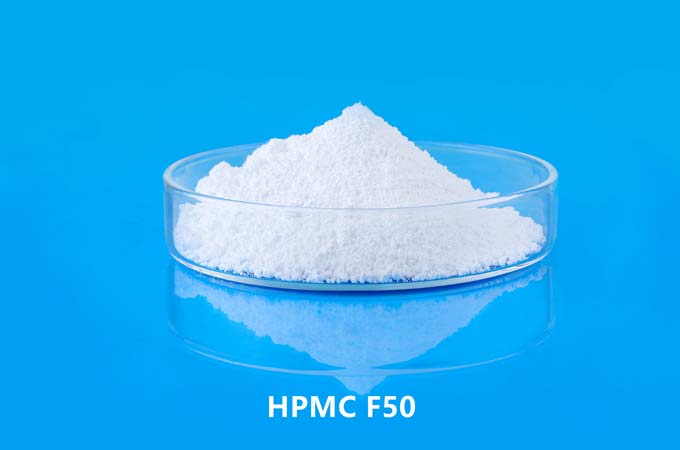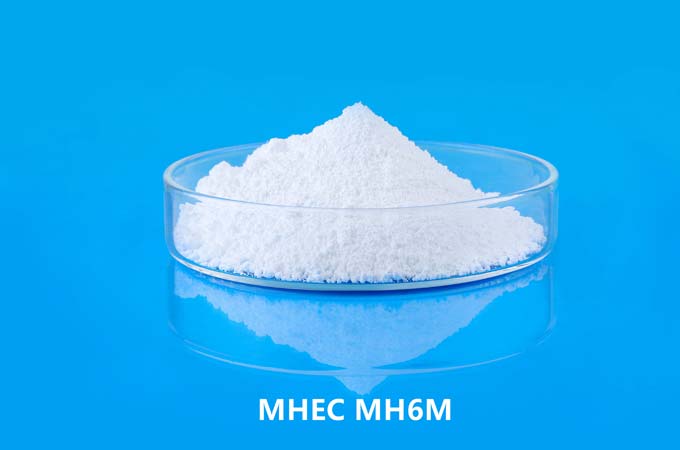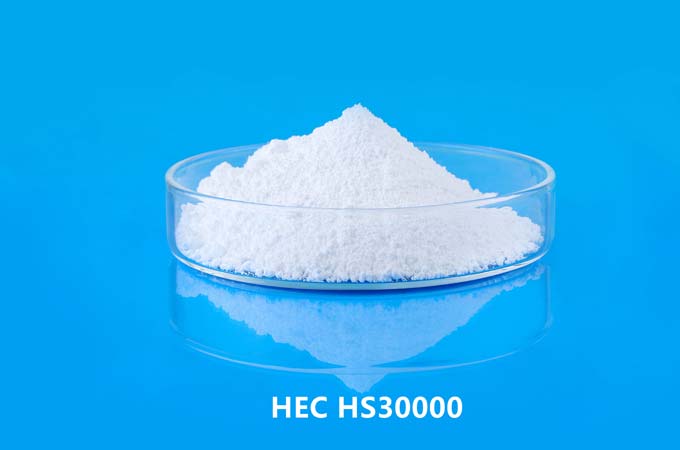Xanthan gum is a polysaccharide, a type of carbohydrate, commonly used as a thickener or stabilizer in a variety of food and industrial products. It is produced through a fermentation process involving the bacterium Xanthomonas campestris.
1. Production process:
Xanthan gum is produced through the fermentation of sugar, usually from corn, soybeans, or wheat. The bacterium Xanthomonas campestris was used in this process. Fermentation usually involves the following steps:
Inoculation: Selected Xanthomonas campestris strains are introduced into a sugary medium.
Fermentation: Bacteria consume the sugar and produce xanthan gum as a by-product.
Recovery: Separate xanthan gum from the fermentation broth, purify, and dry to obtain the final product.
2. Chemical structure:
Different from methyl cellulose gum, xanthan gum is a high molecular weight polysaccharide with complex structure. It is composed of repeating units of glucose, mannose, and glucuronic acid. The polymer chains are highly branched, giving xanthan gum its unique rheological properties.
3. Physical properties:
Thickening: Xanthan gum is known for its excellent thickening abilities. It can produce viscous solutions even at low concentrations.
Stabilization: It is often used to stabilize emulsions and suspensions to prevent separation of ingredients.
Pseudoplasticity: Xanthan gum exhibits pseudoplastic behavior, which means that its viscosity decreases under shear stress and returns to a higher viscosity when the stress is relieved.
4. Application:
Food industry: Xanthan gum is widely used in the food industry as a thickener and stabilizer in products such as sauces, seasonings and dairy products.
Baking: It improves the texture of gluten-free baked goods by providing structure and moisture.
Beverages: Xanthan gum is used in beverages to prevent sedimentation and improve taste.
Industrial Applications: In addition to the food industry, xanthan gum is used in a variety of industrial processes, including the production of cosmetics, pharmaceuticals, and oil drilling fluids.
5. Gluten-free and vegetarian:
Xanthan gum is often used in gluten-free recipes to mimic the texture and structure provided by gluten in traditional baking. It is also suitable for vegan diets as it is plant-based and does not involve ingredients of animal origin.
6. Safety precautions:
Xanthan gum is generally recognized as safe (GRAS) by regulatory agencies, including the U.S. Food and Drug Administration (FDA). It is less toxic and well tolerated by most people.
Xanthan gum is a versatile ingredient with a wide range of applications in food and industry. Its unique properties make it a valuable additive that improves the texture, stability and overall quality of a variety of products.
 English
English 日本語
日本語 français
français Deutsch
Deutsch Español
Español italiano
italiano русский
русский português
português العربية
العربية Türkçe
Türkçe Nederland
Nederland



